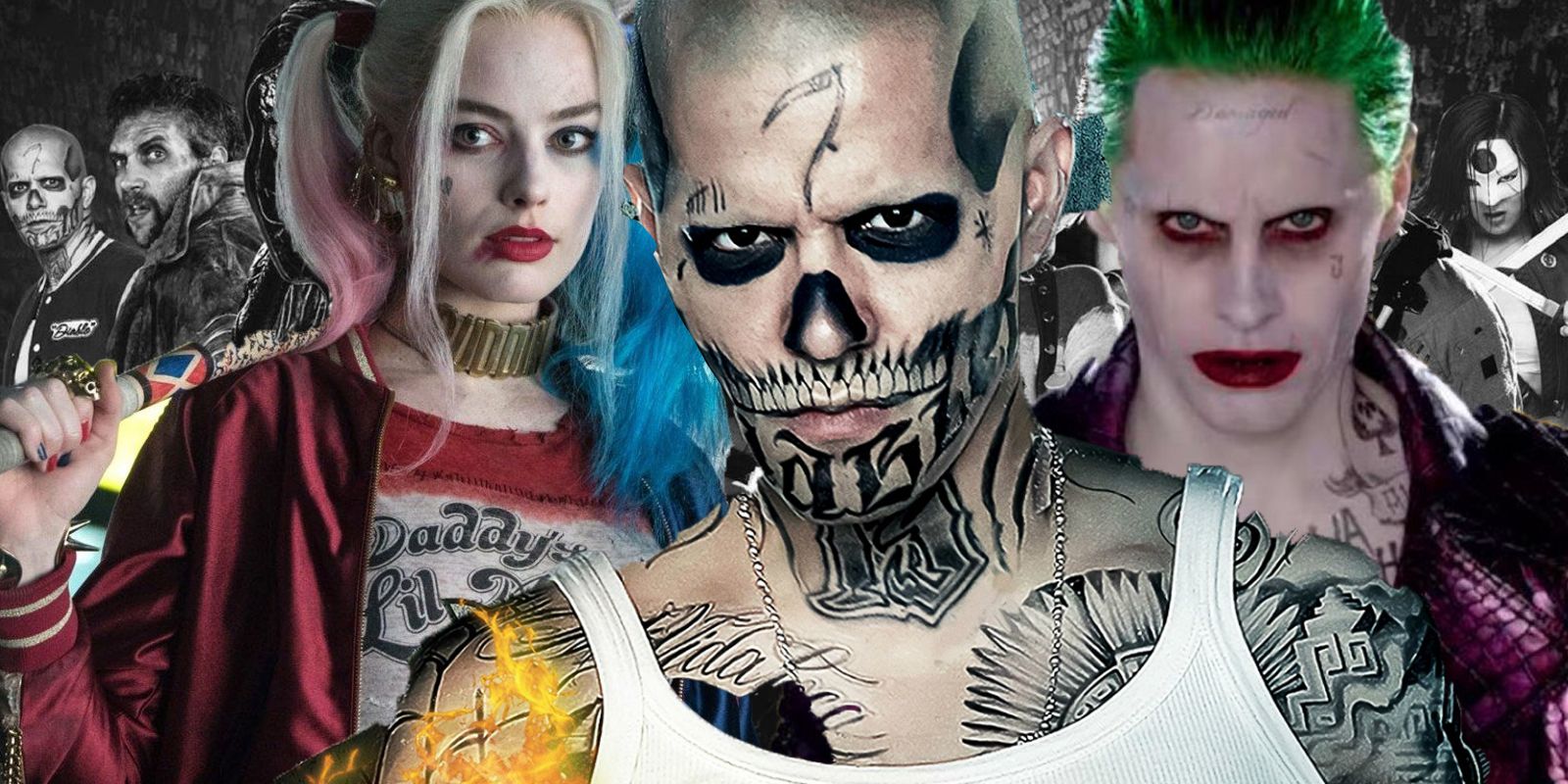
Infamous for multiple changes to its original cut, 2016's Suicide Squad is most remembered for messy editing and unclear direction from the studio, resulting in two very different movies from script to screen. Reeling from the negative reviews of the dour Batman V Superman: Dawn of Justice and impressed by the box office take of Deadpool, Warner Bros executives have been accused of tinkering with David Ayer's original version of the movie. Editing reins were handed over to a trailer house named Trailer Park in an effort to lighten the tone of Ayer's self-described "soulful drama." The choppy results once again earned the DC Extended Universe less-than-stellar reviews with a mere 27% on Rotten Tomatoes.
Fans were left confused why Jared Leto's Joker only appeared for less than 15 minutes of screen time after he was featured so heavily in Suicide Squad's marketing campaign. Ayer claims the majority of Leto's performance has ended up on the cutting room floor. In addition to Leto's Joker, as a result of Trailer Park's revisions, a bevy of scenes from the well-received Comic-Con trailer are missing from the theatrical cut.
Ayer has been candid about his desire to see his original vision for Suicide Squad restored, which he claims would be "easy to complete." In the wake of Warner Bros moving ahead with releasing Zack Snyder's Justice League after much fan petitioning, the possibility of an "Ayer Cut" of Suicide Squad seems ever more likely. Here's everything that changed from the original Suicide Squad movie, which could be restored if fans receive the Ayer Cut.
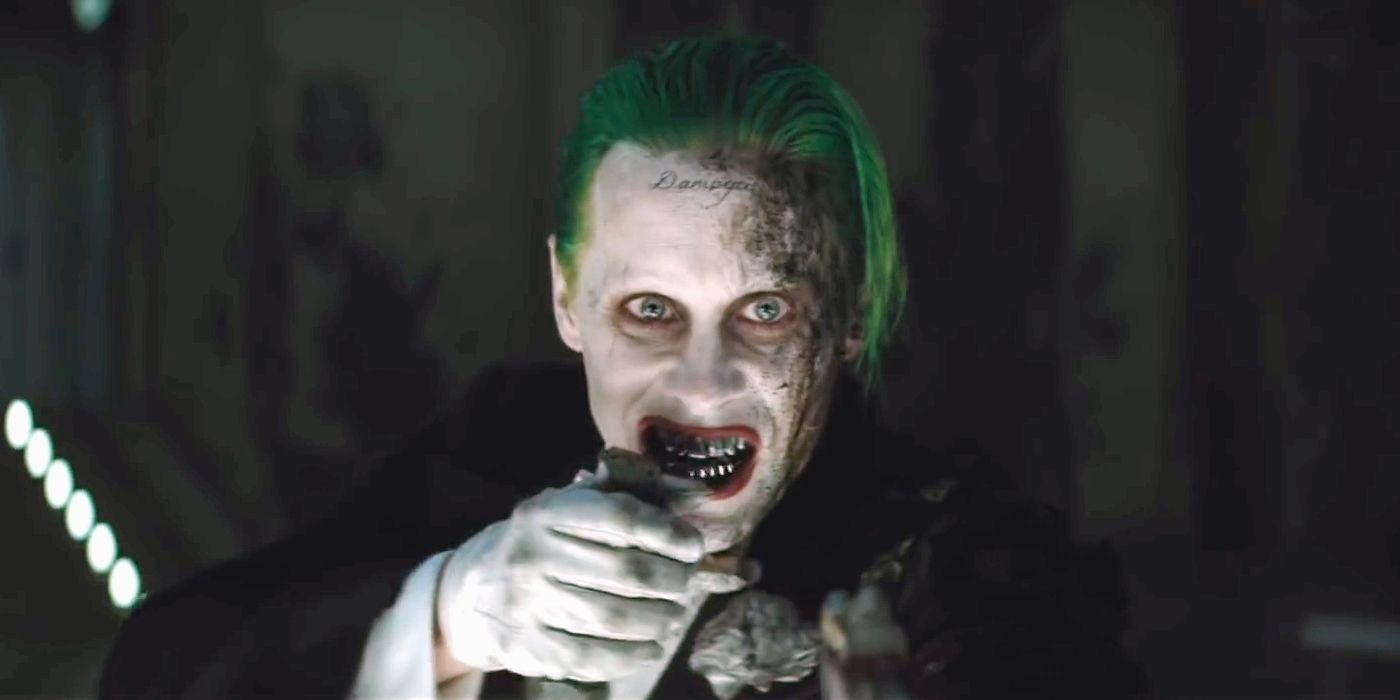
The entire third act of Ayer's original Suicide Squad movie has apparently been altered by the theatrical cut. Ayer explains that in his original movie, Harley Quinn refuses Joker's helicopter rescue, not wishing to betray her new friends, which is why he ejects her from the helicopter in mid-air. After crashing, Joker makes a deal with Enchantress; by helping her, he demands Harley Quinn back and to be left alone as "King of Gotham." This explains why pictures and video exist of Joker with a burned face, which is fallout from the crash. He returns during the final battle in the subway station, but Harley again refuses to go with him. He throws a live grenade in order to escape and is not seen again.
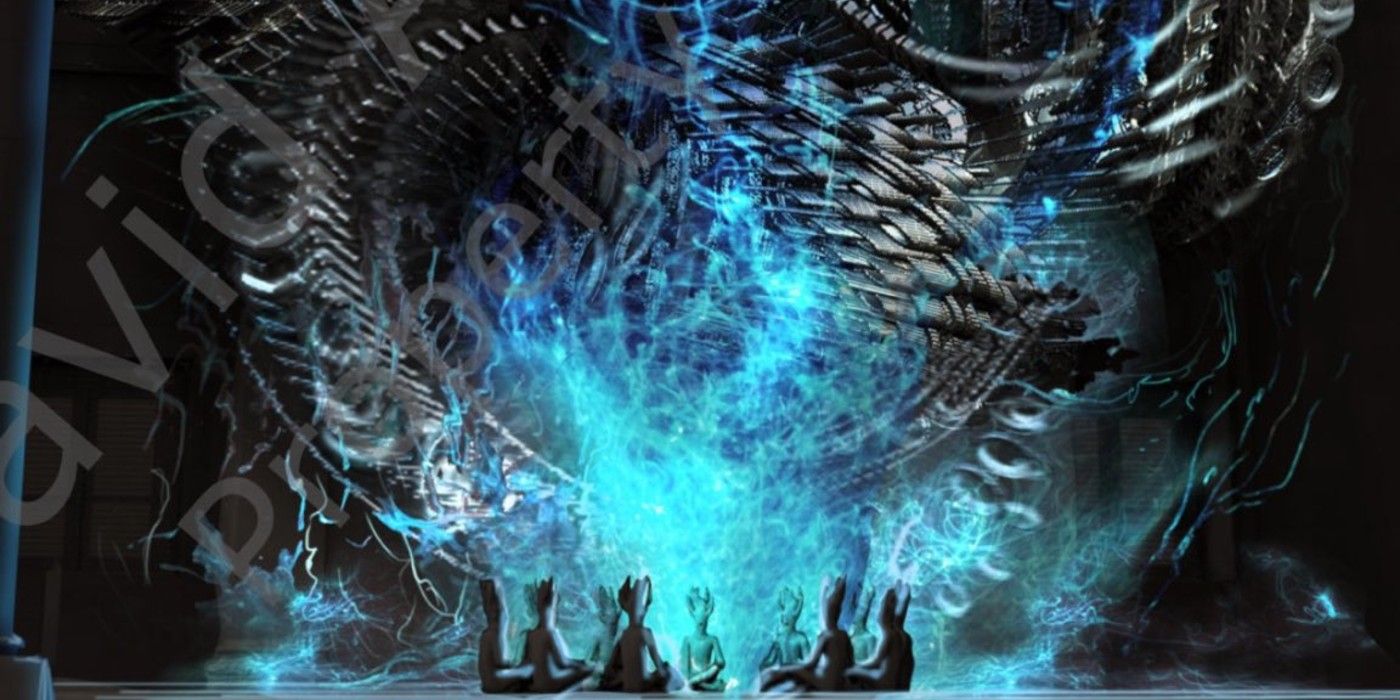
Ayer has made comments about concept art depicting Enchantress using Apokolips technology in the original version of the final battle of Suicide Squad, which is a direct link to Justice League. In that film, Darkseid sends his minion Steppenwolf (Ciaran Hinds) to procure a mother box on Earth. Ayer's original version of Suicide Squad would've directly tied in by having Enchantress use a mother box herself.
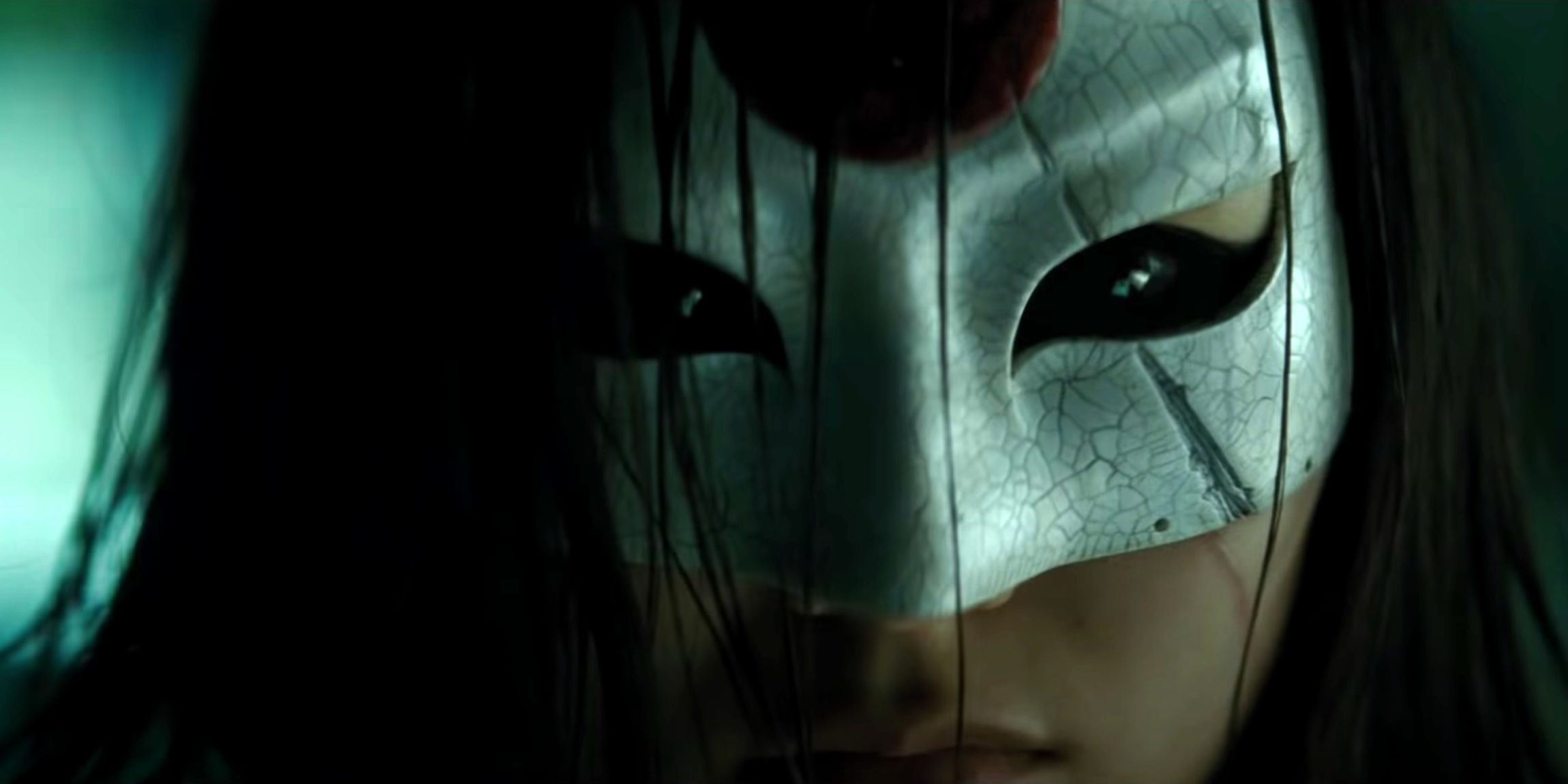
Katana (Karen Fukuhara), Rick Flagg's (Joel Kinnaman) second-in-command - replete with soul-sucking sword - is infected by one of Enchantress' tendrils. Enchantress uses her as a pawn to fight Task Force X, although she is presumably freed of Enchantress' dark influence eventually. This is why there is a shot in one of the trailers of Katana's eyes completely black, which has led to a cool poster for the Ayer Cut from fan-favorite fan artist, BossLogic.
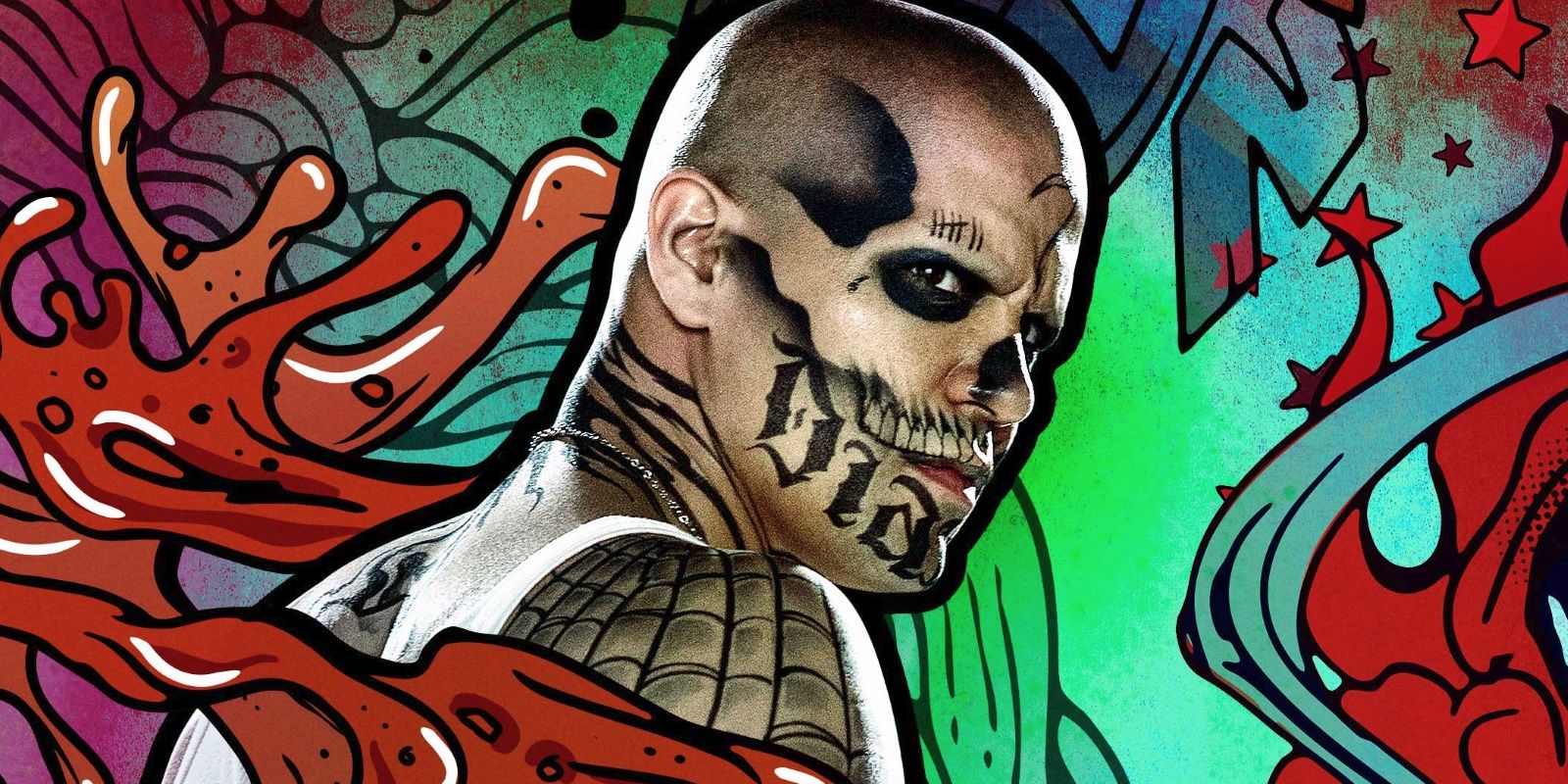
Ayer has confirmed on Twitter that Diablo did not sacrifice himself in the original Suicide Squad. In the theatrical cut, Diablo finally cuts loose with his powers, distracting Incubus long enough for a bomb to be detonated underneath him, incinerating them both. In Ayer's original movie, audiences can presume that Diablo returns to Belle Reve, having found some small amount of redemption for the accidental murder of his own family, ready to fight another day alongside Task Force X. It remains unclear how Incubus would've been stopped in the Ayer Cut without Diablo's sacrifice.
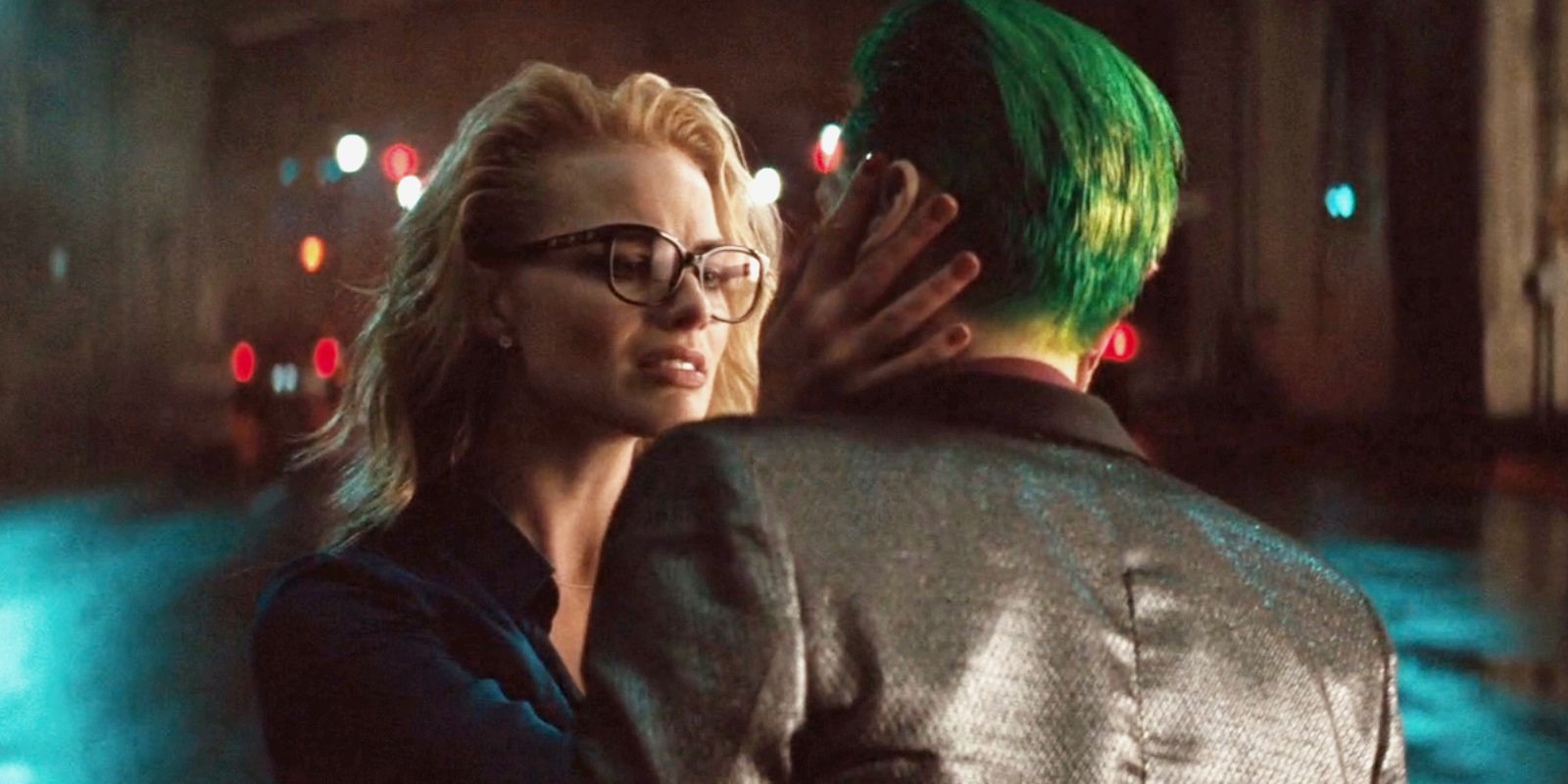
Harley Quinn and Joker's relationship in the original cut of Suicide Squad is allegedly a lot more abusive than in the theatrical cut. This is more in-line with the comics and Batman: The Animated Series, where Harley is shown as a victim in a horrible relationship with an abusive maniac. There is behind-the-scenes video on Instagram of Joker striking Harley about the face in a flashback sequence that never made it into the film, as well as a still from Rolling Stone Brazil of "Mister J" viciously shoving a finger in Harley's face, aggressively dressing her down.
David Ayer has stated that Harley Quinn's arc in the movie was "eviscerated" and that it was her movie in "so many ways," one of which would've been a powerful journey from being under Joker's thumb to breaking free of him herself. Instead, she continues to have conflicted feelings over the Clown Prince of Crime through to the end of the theatrical cut, due to his apparent sacrifice to save her life.
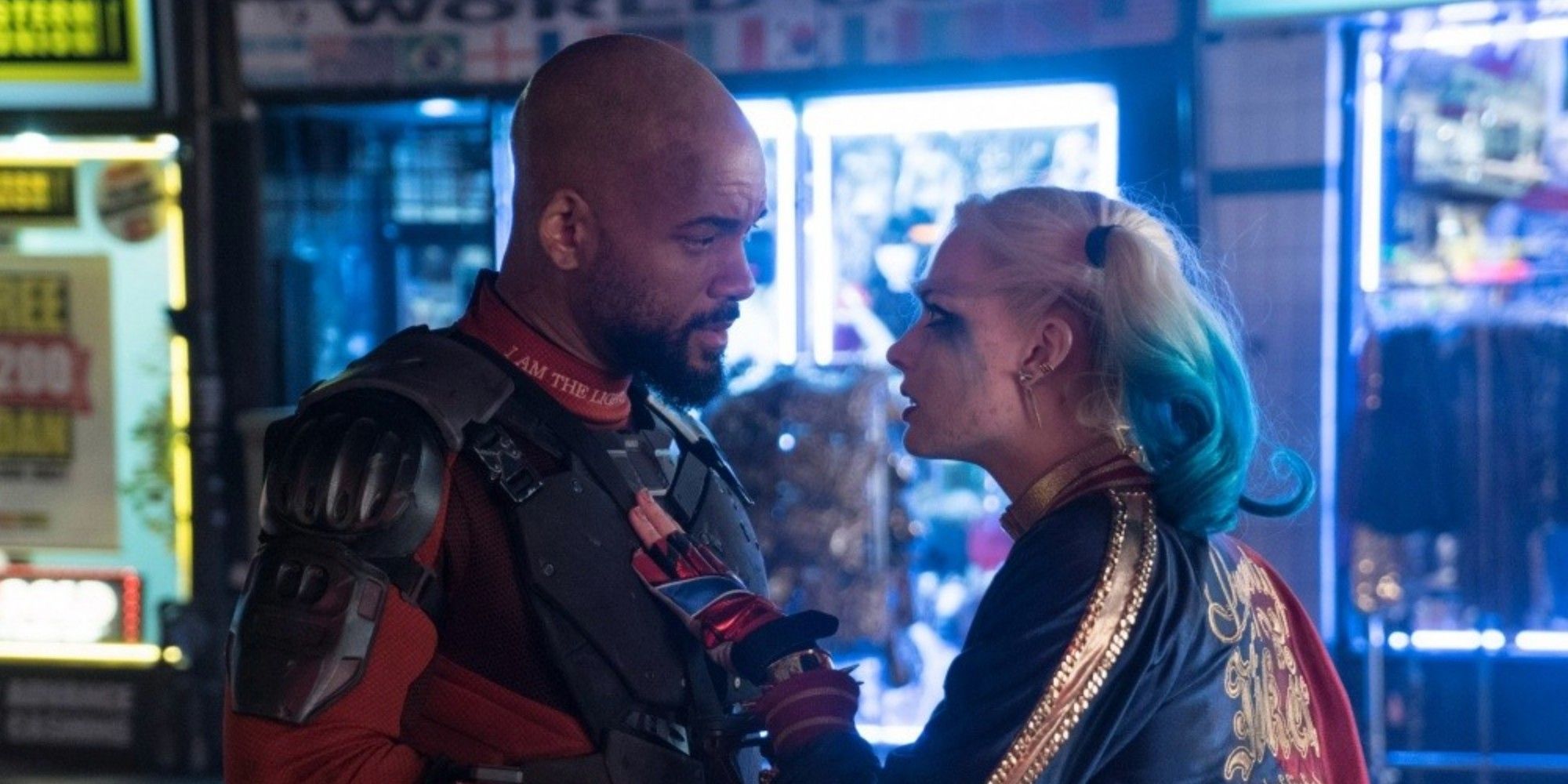
Another reveal from Ayer on Twitter is that Harley Quinn and Deadshot (Will Smith) end up hooking up and becoming a couple. No other information has been provided by Ayer, leading fans to suspect where exactly the union would've taken place, but it is presumably somewhere between Joker disappearing and reappearing in the third act of the movie. There's enough of Robbie and Smith's chemistry remaining in the theatrical cut to suggest that a romance between the two really would have been where Harley Quinn and Deadshot end up at the end of the original Suicide Squad.
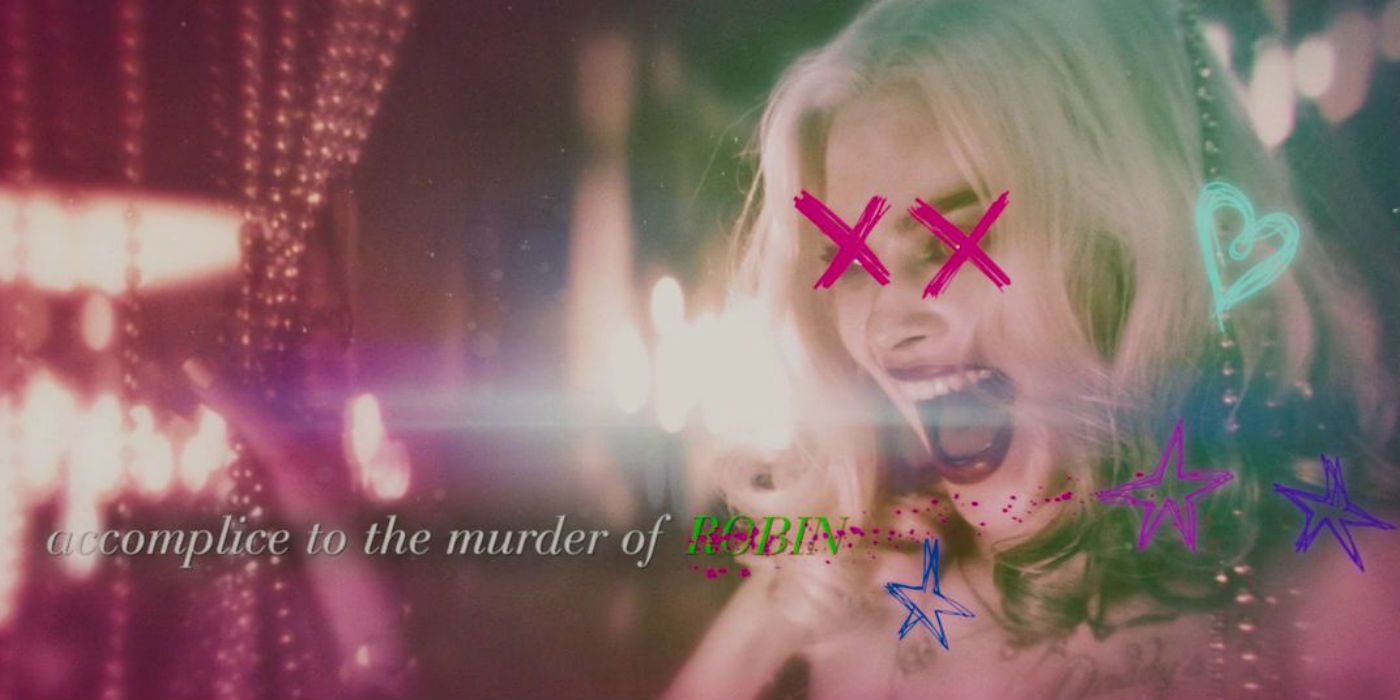
Ayer has confirmed that a reshoot change was responsible for messing with the timeline he devised for his original cut of Suicide Squad. Ayer claims that Geoff Johns (then-head of film for DC) inserted the text in Harley Quinn's intro, describing her as an accomplice to the murder of Robin. Before this, Ayer had imagined Joker as the sole culprit behind Jason Todd's death in the DCEU. The reason behind Joker's mouth-grill is that Batman had destroyed all of his teeth following his protege's murder. When Joker meets Harley in Suicide Squad, he already has his grill, meaning that Harley could not have been present at his murder.
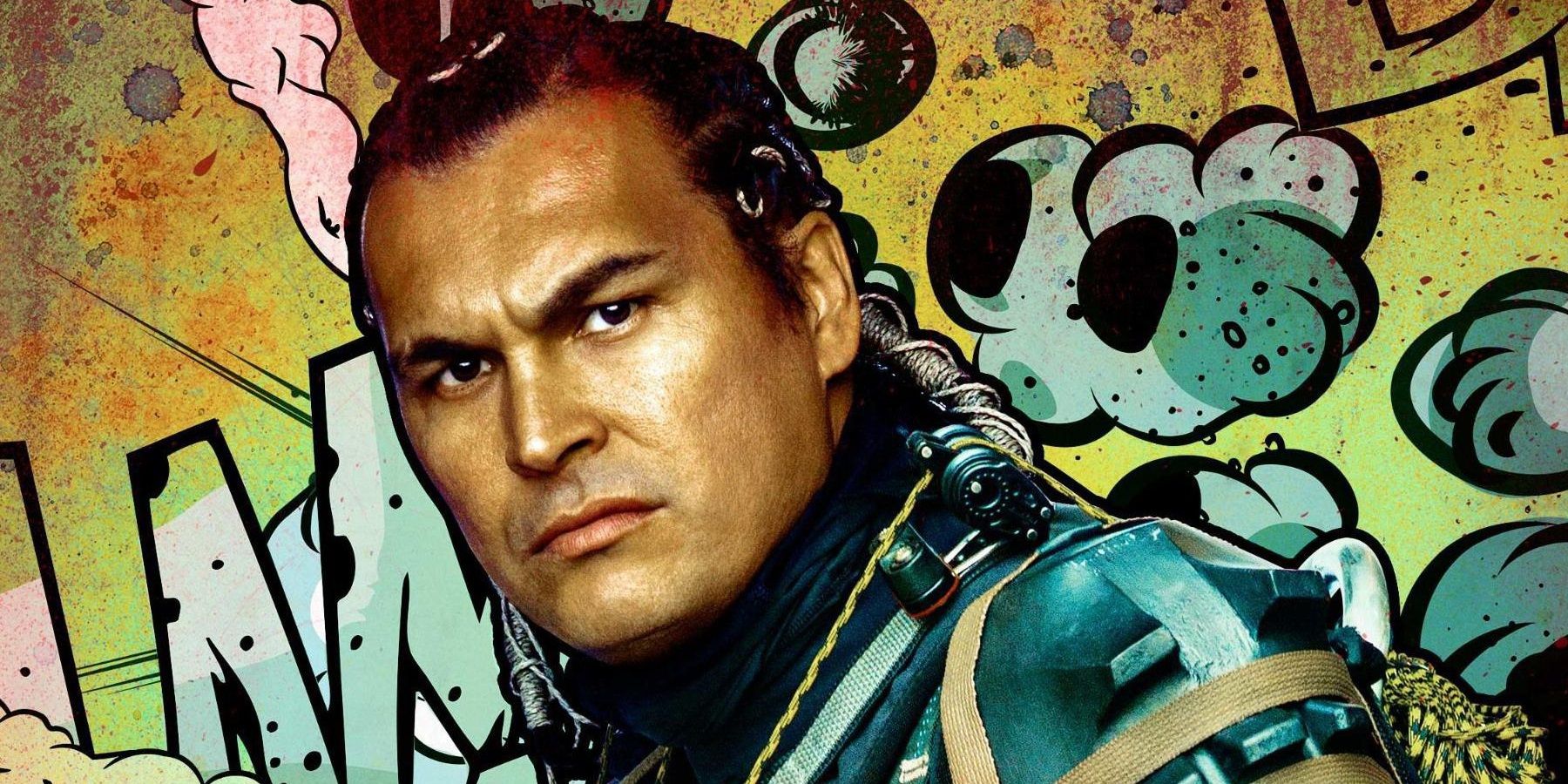
Actor Adam Beach has confirmed on Twitter that an extended sequence of his capture for Task Force X was cut from the original version of Suicide Squad. Beach referred to the sequence as "pretty cool" and David Ayer responded in kind with a cryptic, "Crime doesn't pay." This was most likely a reference to the fact that Slipknot ends up with a bomb in his neck that ultimately kills him.
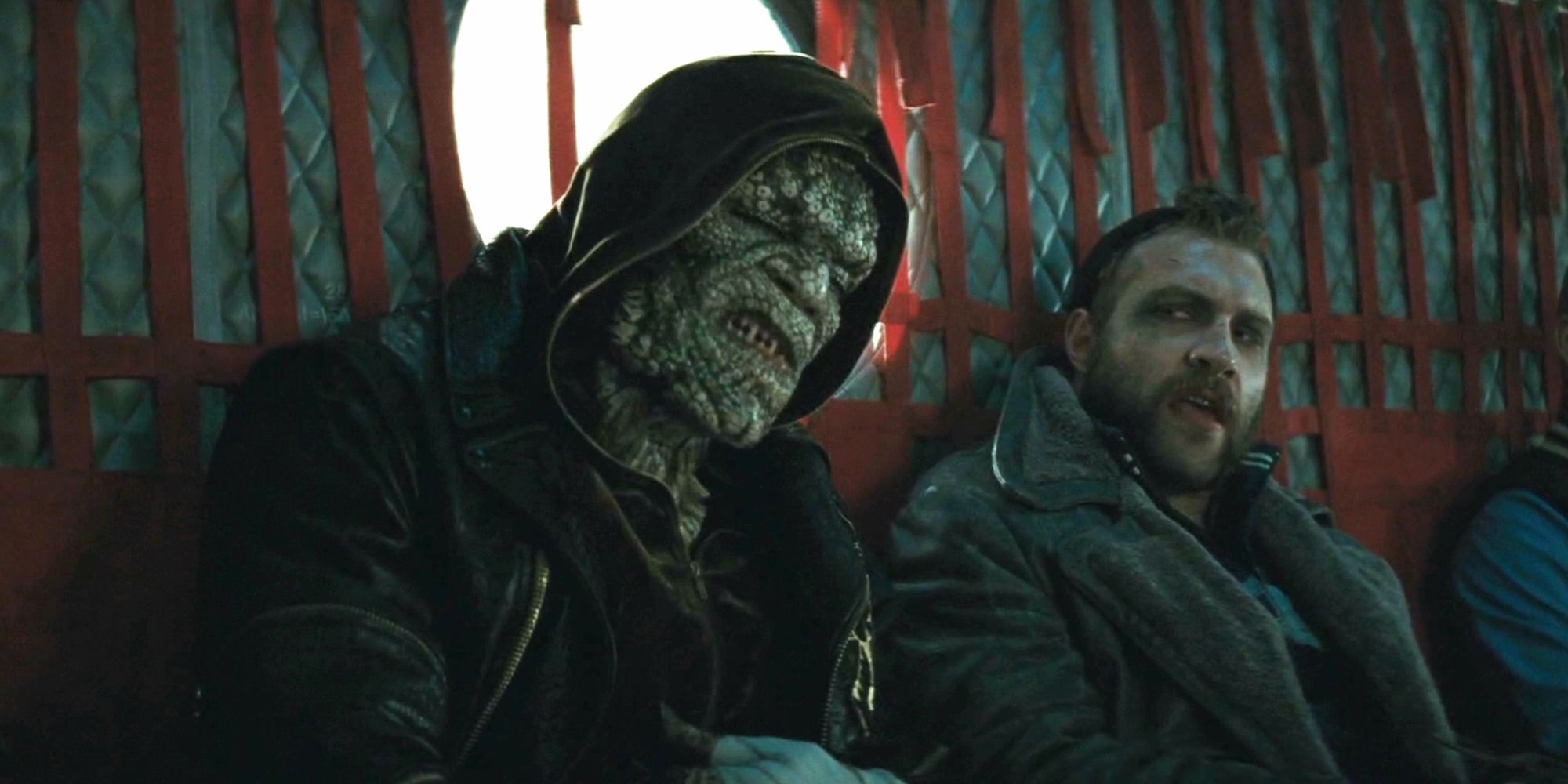
In an unsubstantiated report from Reddit, one user claims to have seen an early test screening of David Ayer's original Suicide Squad movie. While some of the information provided has been confirmed in other sources (sometimes by Ayer himself), the remaining reveals are still unverified.
Captain Boomerang (Jai Courtney) is said to be even worse of a person in the original Suicide Squad, described as being more racist and sexist - especially towards Katana, whom he's attracted to. In the theatrical cut, Boomerang's bad nature was toned down in favor of becoming the comedy relief. Elements of that always existed for Boomerang, as Ayer has stated that he imagined the character to be a Brony; his fetish for pink unicorns remains in the theatrical cut.
Killer Croc (Adewale Akinnuoye-Agbaje) gets more backstory, including details on how he was hired muscle in Gotham's underworld, intent on taking over entirely. Batman brings him to justice, which is how he ends up at Belle Reve.
Slipknot would've received additional exposition, describing him as a serial rapist in order to further alienate him from the audience. This was stripped back in the theatrical cut, although Slipknot retains a terrible attitude toward women; he's first seen punching a woman in the face in the theatrical cut of Suicide Squad.
from ScreenRant - Feed https://ift.tt/2YEARzn


0 Comments